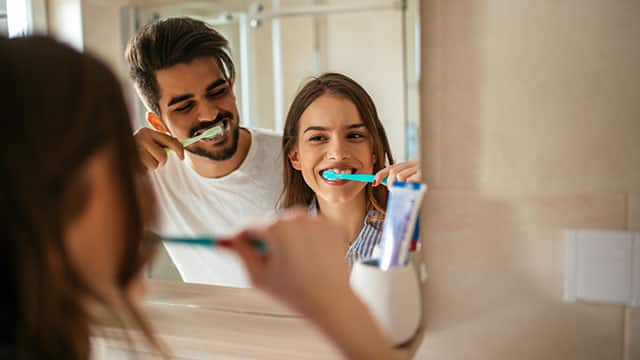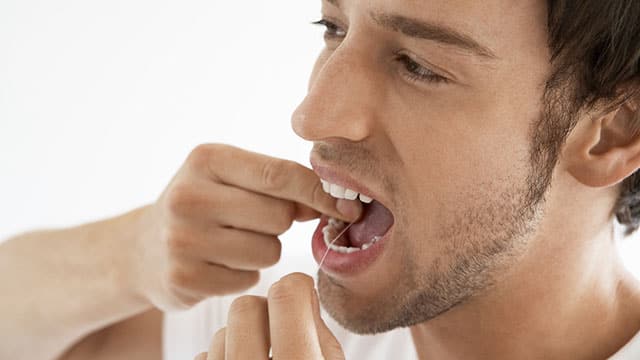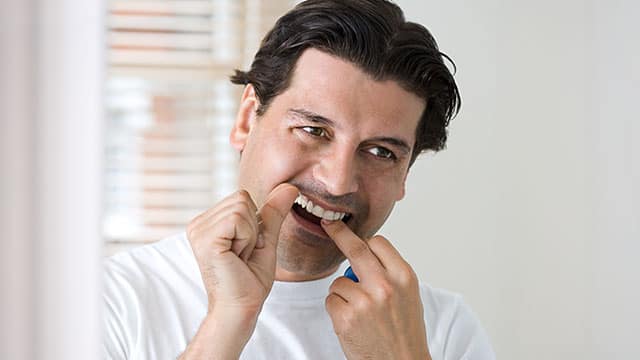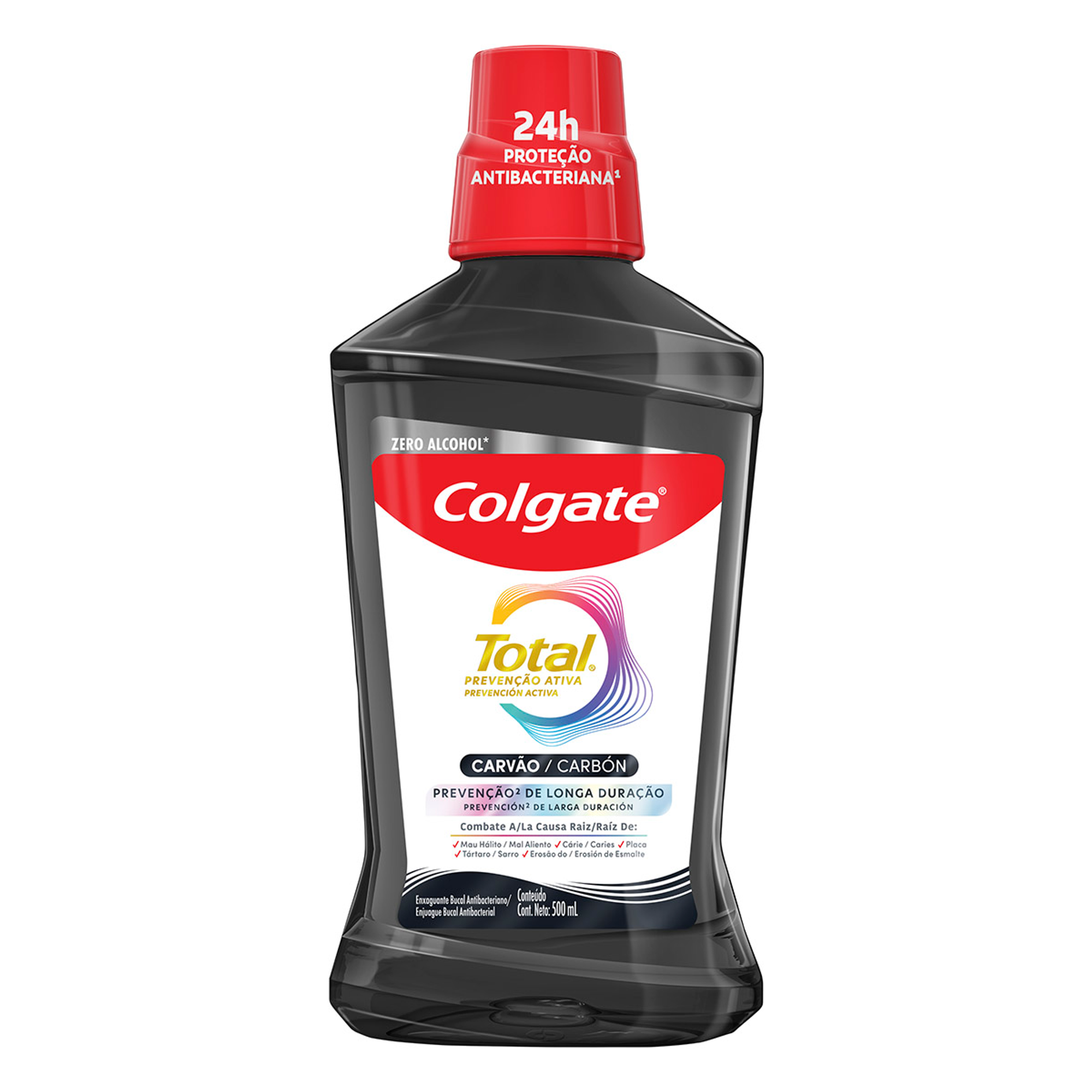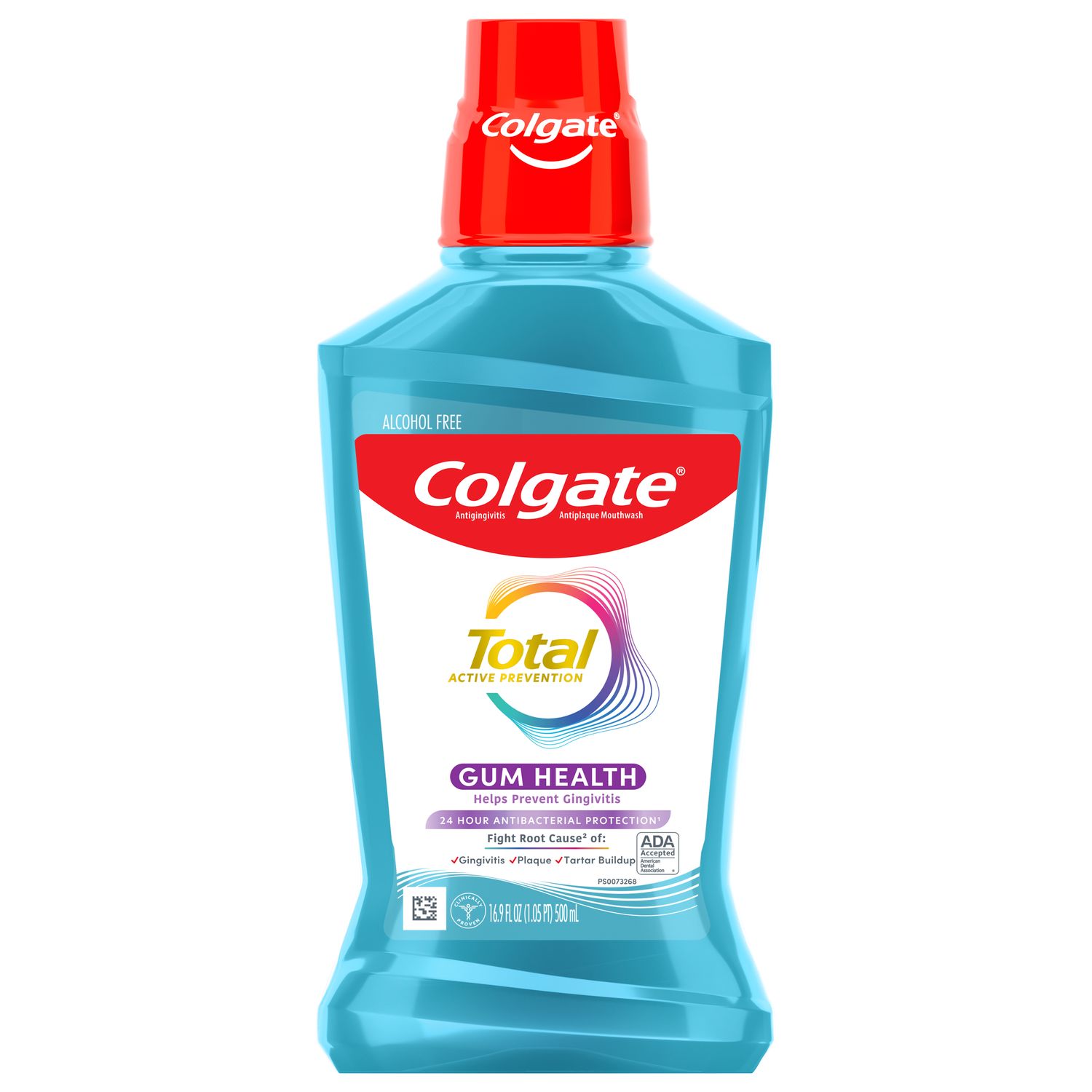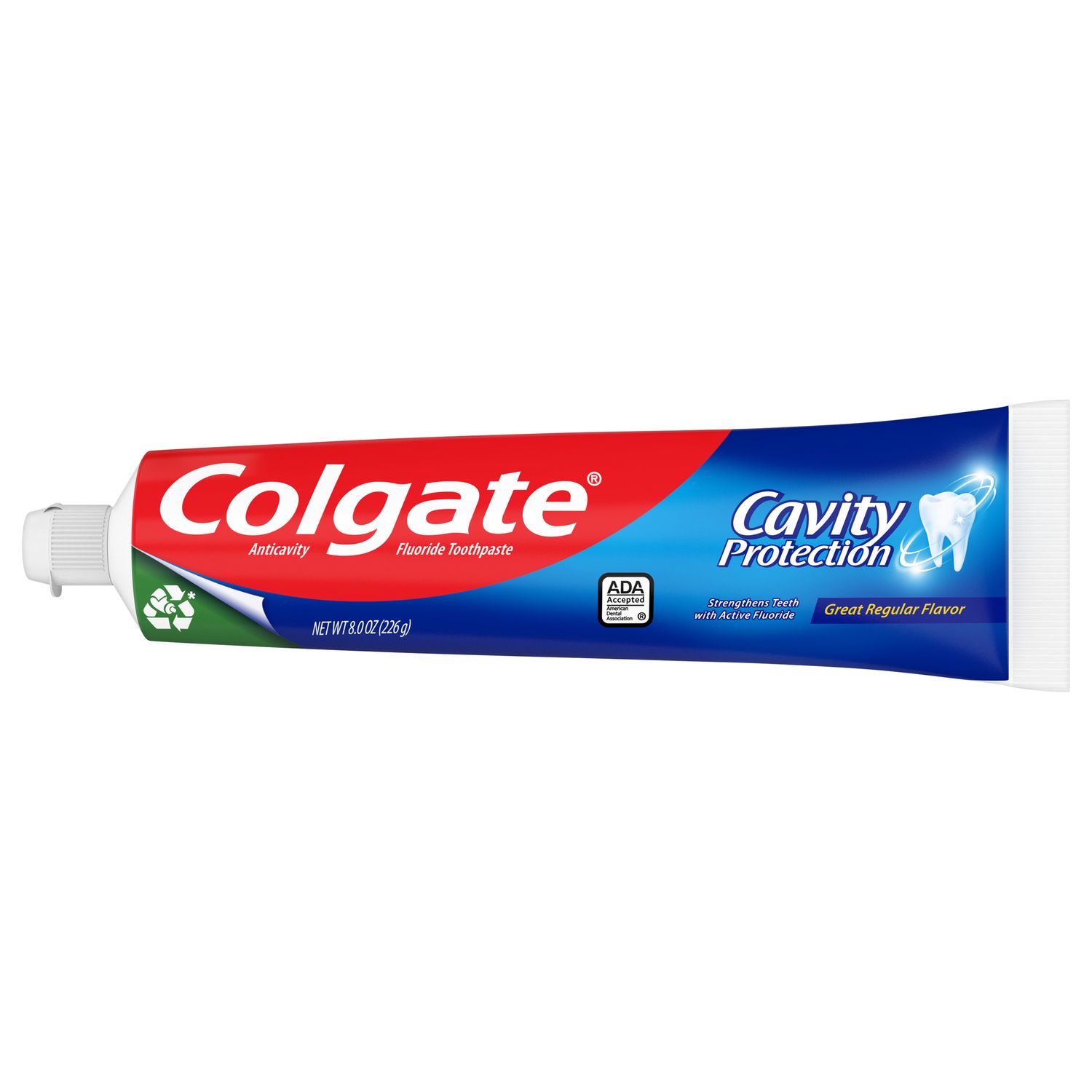1. Taking Care of Your Toothbrush
For healthy teeth, rinse your toothbrush well after brushing and store it out in the open in an upright position. Microorganisms that can grow on your toothbrush thrive in a moist environment. Plenty of airflow around the bristles will help keep your brush dry. Replace toothbrushes every three to four months and keep an eye out for frayed, worn bristles. You may need to change your children's toothbrushes sooner.
2. Tongue Brushing
Brush your tongue to help fight the bacteria in your mouth. Gentle tongue brushing is essential for keeping your teeth healthy and also helps to stop bad breath. Using a toothbrush with a cheek and tongue cleaner can easily remove bacteria from your mouth every time you brush.
3. Talk to Your Dentist
Your dentist and dental hygienist are there to help with oral care. Visit your dentist for regular check-ups and voice any questions or concerns about keeping your teeth healthy. They can help you create a daily brushing and flossing plan that is suited to your specific needs.
4. Choose Your Beverages Wisely
What you drink can affect the health of your teeth. Beverages such as soft drinks and sugary juices have been targeted as culprits of tooth decay. Drinking less soda and more water, milk, and fresh juices can help protect your teeth.
5. Use Fluoride
Fluoride isn't just for kids. This natural mineral hardens tooth enamel and helps prevent cavities. You can get fluoride from your toothpaste, some mouth rinses, and in-office or at-home treatments your dental professional may provide. Talk to your dentist about what type of fluoride treatments are right for you.
6. Avoid Tobacco
Avoiding all forms of tobacco is crucial to keeping healthy teeth and gums. Whether chewing or smoking, tobacco use contributes to an overwhelming number of cases of oral tissue damage. The ingredients found in tobacco products not only stain your teeth but can also weaken teeth and increase the risk for oral cancer.
7. Consider Your Diet
Sugary treats and snacks can take a toll on your oral health, causing tooth decay, dental caries, and other issues. Keep healthy fruits and veggies ready. Stock up on foods and beverages that contain nutrients like calcium, vitamins A and C, and antioxidants such as the following:
- Raw vegetables (carrots, peppers, celery, etc.)
- Fruits (apples, pears, berries, etc.)
- Water or milk
- Cheeses
- Yogurt
Integrate these tips into your routine to ensure that you're taking care of your whole mouth. Keep talking to your dentist, use fluoride products, and prevent further risk to your health by avoiding tobacco and sugary treats. When top of mind, these tips can improve your smile and overall health.
This article is intended to promote understanding of and knowledge about general oral health topics. It is not intended to be a substitute for professional advice, diagnosis or treatment. Always seek the advice of your dentist or other qualified healthcare provider with any questions you may have regarding a medical condition or treatment.
ORAL HEALTH QUIZ
What's behind your smile?
Take our Oral Health assessment to get the most from your oral care routine
ORAL HEALTH QUIZ
What's behind your smile?
Take our Oral Health assessment to get the most from your oral care routine





